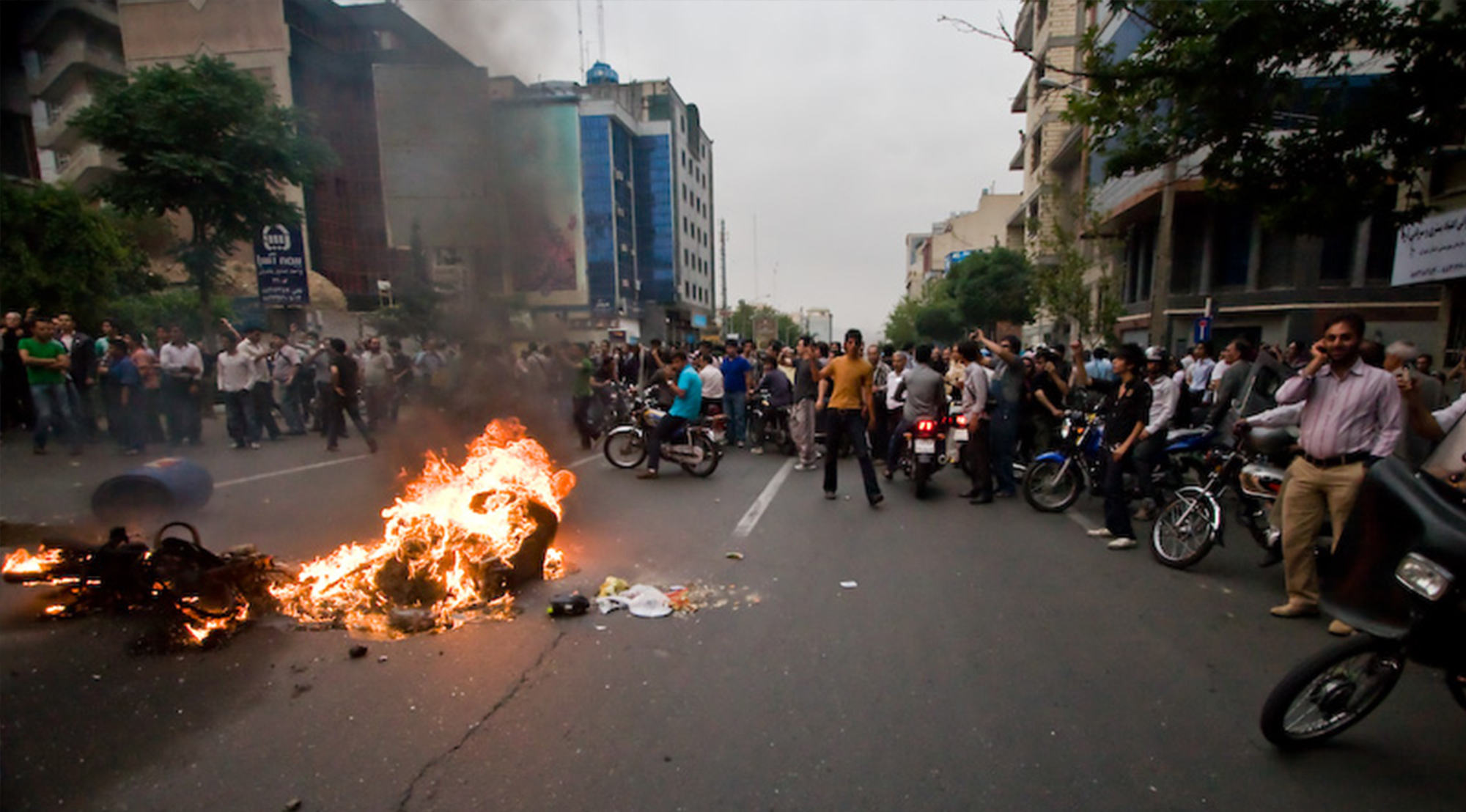Elections are a key component of a democracy. In an ideal scenario, they pave the way for the peaceful transition of power. However, in regions already affected by conflict, they often result in even more violence. What circumstances give rise to violence at elections? And does it always lead to the desired result?
Kristine Höglund with her article titled Electoral Violence in Conflict-Ridden Societies: Concepts, Causes, and Consequences and Emilie Hafner-Burton, Susan Hyde and Ryan Jablonski with their piece Surviving Elections: Election Violence, Incumbent Victory, And Post-Election Repercussions have analyzed elections that were accompanied by violence. Based on a theoretical perspective, Höglund focuses on the circumstances that encourage violence at elections, as well as their consequences. Hafner-Burton and her colleagues conduct an empirical investigation into how successful the use of violence actually is when it comes to manipulating elections.
The different kinds of violence seen at elections are mainly determined by the specific actors and activities involved, the timing and the motivations behind the violence in general. Both articles place particular emphasis on the latter two of these factors. Examples of groups that commonly participate in violence at elections include the military, political parties and rebel groups. Typical activities are bullying, making threats, intimidating or assassinating candidates or instigating riots.
It seems logical that violence at elections can happen before, during or after the event. However, according to Höglund, what might seem obvious is more complex in reality. The pre-election period can begin as early as the voter registration process, which may in turn start as early as one year before the elections, as was the case in Cambodia in 1993. Even the elections themselves do not necessarily take place on one single day. They can be drawn out over several days as happened in Palestine in 2006, when security forces voted a few days before the elections proper. Last but not least, violence can break out in the period following the elections, which, according to Höglund, can be defined as the period of time between the elections and the inauguration of the newly elected body.
The main motivation for violence at elections is to influence the election results. This means that violence is used as a manipulative tool, along with others such as election fraud and vote buying. However, in contrast to other methods, violence presents the greatest threat to the safety and security of those concerned.
The circumstances conducive to violence can vary considerably. For example, some societies in the grip of conflict do not experience any violence at elections. Violence also varies in terms of its form and intensity. Since, according to Höglund, there has been a lack of academic studies into factors conducive to violence, the author identifies “potential” determinants. Specifically, there are three factors: the nature of the politics, the nature of the elections and the electoral institutions. For example, violence at elections is particularly encouraged by patrimonial political systems, political actors who are still armed or mobilized, a history of violence and a culture of impunity. Even the nature of elections themselves plays a role. Elections supposedly help mobilize broad sections of society. This would seem to highlight differences instead of similarities and could, in turn, intensify existing social conflicts. Other factors that emerge from the holding of elections may also encourage conflicts. For example, according to Höglund, candidates could be exposed to violence by appearing in public. Elections also inevitably have losers. Uncertainty and the fear of losing may be further drivers. Even Hafner-Burton and her colleagues stress that violence at elections occurs more often when incumbents are uncertain about the election result. Last but not least, the likelihood of violence before, during and after elections has also been influenced by voting mechanisms, administration and the structure of the electoral system. Höglund argues, for example, that in societies with systems where just a few votes could have a major influence on the result, such as first-past-the-post systems, the occurrence of violence is more likely.
The consequences of circumstances conducive to violence are as complex and diverse as the circumstances themselves. Violence at elections can, for example, lead citizens to stay away from the polls, as well as causing candidates to withdraw, elections to be postponed, or existing or past conflicts to intensify or flare up again.
If violence is used by the incumbent government to influence the election, there is often the assumption that this also leads to the desired result – namely retention of power. But is this assumption actually correct? Looking at the following graphic from the article by Hafner-Burton and her colleagues, this seems to be the case.

Figure 1: The occurrence of violence at elections and victories for incumbents
The authors analyzed 1,322 elections between 1950 and 2010. They were particularly interested in violence initiated by governments before elections, the occurrence of protests after them and governments’ ensuing concessions. Their empirical investigation shows a positive correlation between the use of violence and an election victory for the government. More specifically, violence leads to a higher voter turnout and more votes for the government inciting the violence. According to the analysis carried out by Hafner-Burton, this “success” is usually short lived. In fact, although the chance of an election victory increases, so does the chance of protests after the election. If protests occur, they usually lead to concessions by the government. The subsequent protests, for example, increase the probability of government concessions by 500 percent. Violence against the protests, i.e. post-election violence, cannot change that.
Why do incumbents still rely on violence during elections? The study by Hafner-Burton does not offer any empirical answers to this question. Nevertheless, the authors assume that the majority of incumbents value short-term goals, i.e. winning the election, more highly than long-term strategies. Uncertainty also seems to be a reinforcing factor for choosing this strategy. For example, leaders are often uncertain about their own popularity and electoral chances among the people and then underestimate the opportunities for the population to mobilize and the resulting consequences.
This synthesis shows that the causes and consequences of violence at elections are complex. And although violence instigated by the incumbent government often leads to the retention of power, long-term success is not guaranteed. On the contrary – the study by Hafner-Burton and her colleagues shows that violence before elections leads to government concessions in the end. However, the authors of both articles acknowledge that the complexity of violence at elections is still a largely unexplored issue. Further studies are required, particularly concerning the different forms of violence at elections and how they interact with other ways of manipulating elections.


